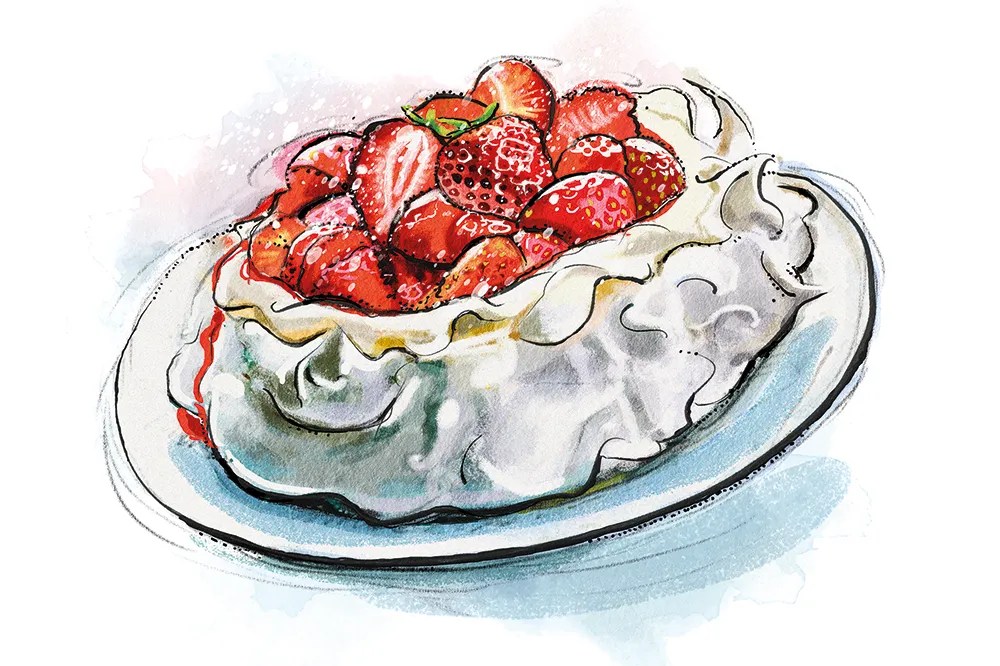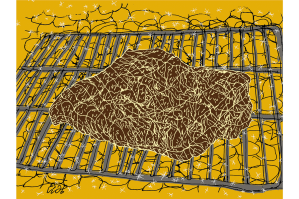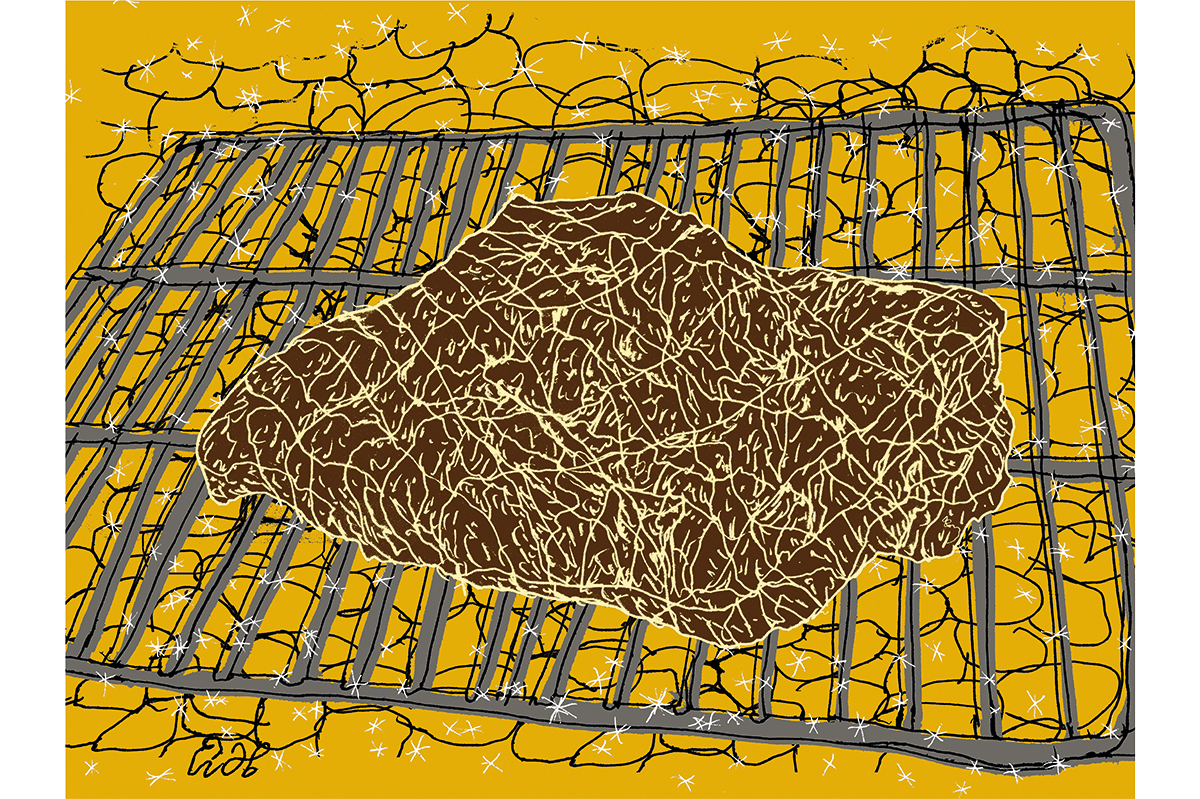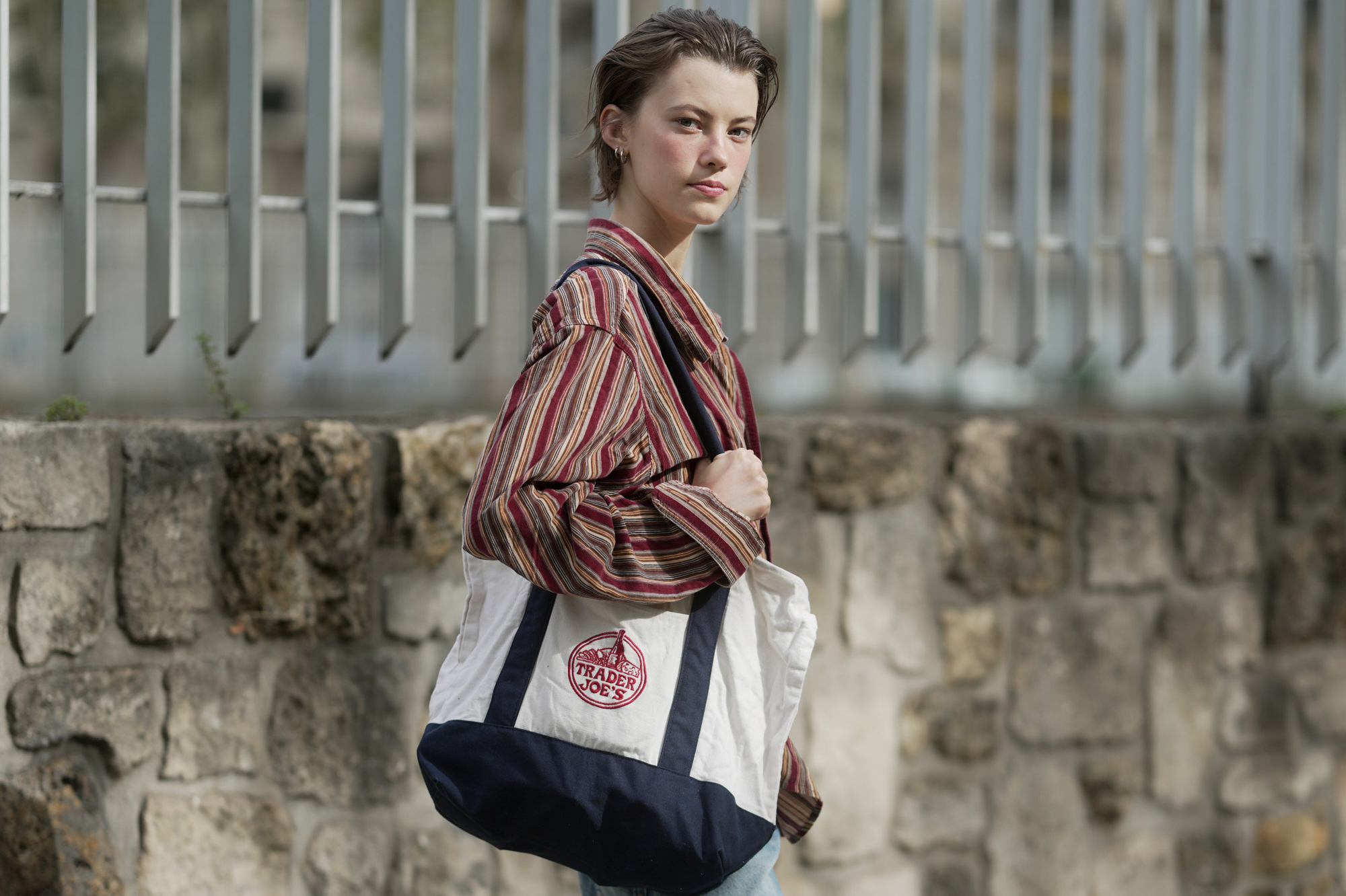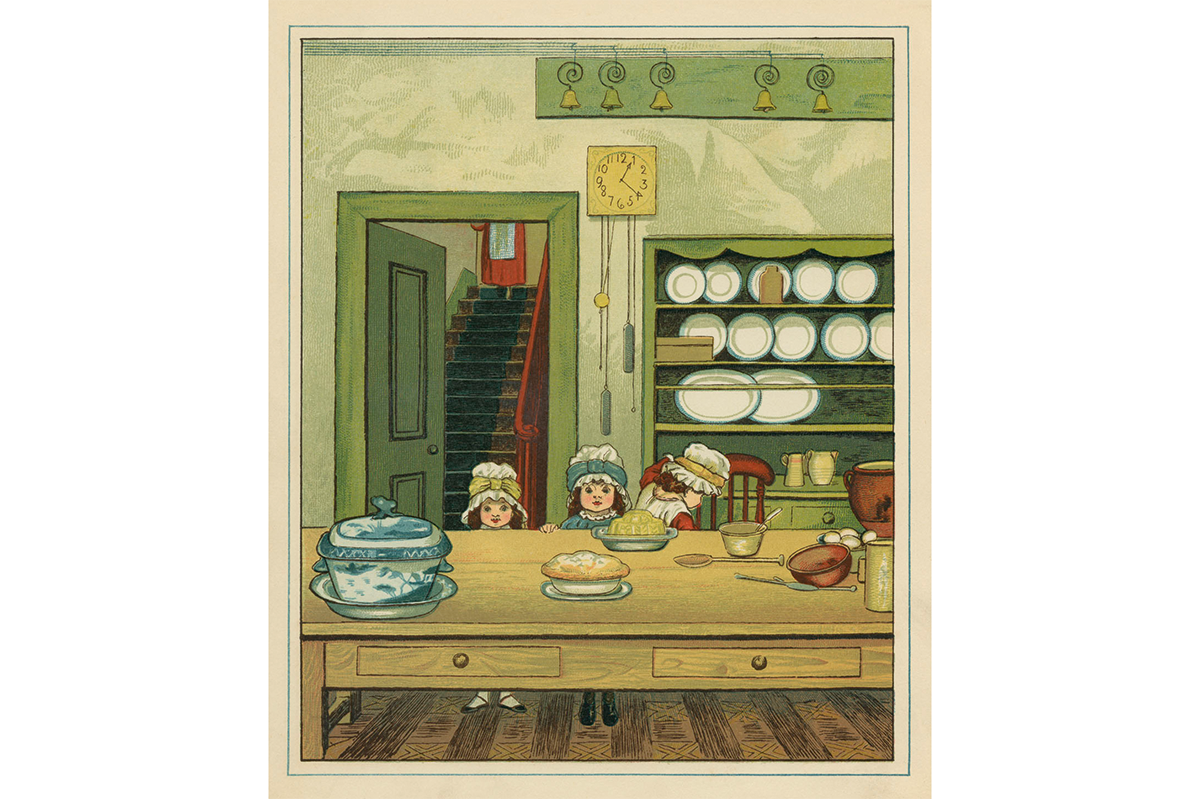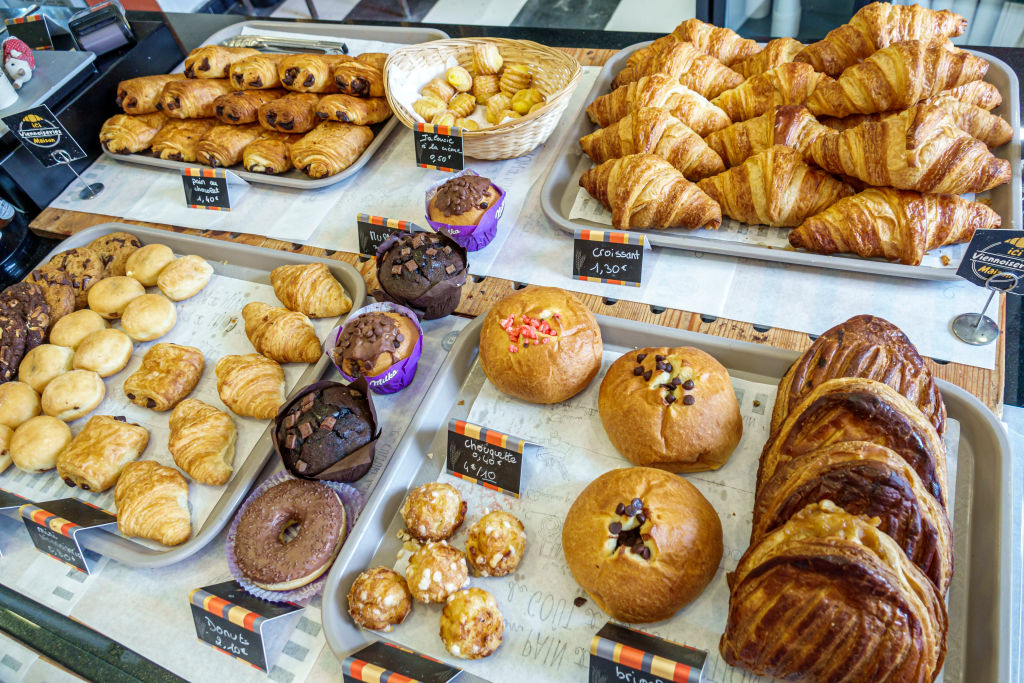Whenever I tell someone that I’m making a pavlova the response is the same: sheer joy. Even the most fervent pudding-denier struggles to resist a slice of pav. It makes sense — fragile, crisp meringue with a tender, mallowy center, soft waves of cream and some kind of fruit is such a brilliant combination.
You don’t often see pavlovas on restaurant menus. There’s a good reason for that. A little like a trifle, part of the joy of a pavlova is that it arrives at the table looking unruffled: fruit perched perkily on clouds of cream atop a mountain of meringue. Then, as soon as the spoon hits it, it’s a mess. You cannot dish it up in a way that avoids the fundamental chaos of splintering meringue and squirting cream. It must be finished in one sitting.
I went through a phase of piping both my meringue mixture and my cream, but I now think that goes against the spirit of pavlova. Pavlovas aren’t meant to be fussy: their beauty is in their swoops and swirls, the undulation of the meringue and cream, the generous scattering of the topping, fruit juices dribbling down the side. And if it cracks a little in the oven, it really doesn’t matter: you’re going to cover it with cream and nobody cares anyway.
For a long time, I made only the same two pavlovas that my mother did: the first — considered the virtuous option — a mixture of red summer fruits; the second, a cascade of mini marshmallows and a storm of chocolate shavings on top of the cream. It sounds like a pavlova created by a six-year-old, but my sister and I had no hand in it. We wished! Mum would make it for charity lunches and, once made, it would be left in the cool porch, with strict instructions that we were not to go anywhere near it. We would stare at it longingly through the glass doors.
But I’ve come to realize that the pavlova is the crumble of summer. You can turn whatever you have to hand into a glorious, celebratory pav. The first two levels are pretty much non-negotiable: a meringue made with a little cornflour, so that although the outside is crisp, the inside is squishy; a generous layer of cream whipped just enough to hold its own weight. But when it comes to the topping, pavlova is a blank canvas.
Big fat berries and soft stone fruits like peaches and nectarines require little fiddling with — their natural sweetness means that they don’t need cooking or adornment. Dollops of lemon curd, handfuls of raspberries and a scattering of bright green pistachios create a riot of color and a perfect flavor combination. Passion fruit and milk chocolate are a surprise partnership that, once tried, you’ll go back to time and time again — try passion fruit curd, shavings of milk chocolate, and then spoon a fresh passion fruit over the top for zing. For a tropical vibe, try pineapple roasted with sugar and vanilla, or mango coulis and mango chunks with big flakes of toasted coconut, and a little rum folded through the whipped cream.
And while I call it the crumble of summer, the weather getting a little cooler doesn’t mean you have to give up on pavlovas. I like poached plums, or apricots roasted with bay, with amaretti biscuits crumbled over them — or go the whole hog and make a sticky toffee pavlova with a dark muscovado caramel sauce and chopped dates scattered on top.
Here is my most summery pavlova, with elderflower-marinaded strawberries and a lemon-scented cream. I make it when the sun is high, or when it’s not but I wish it was. A confession: I’m not actually a huge elderflower fan, but some kind of magic happens when it’s paired with strawberries. Its floral base somehow makes the strawberries taste more of themselves, super juicy, and the citrus in the cordial brings a zippy brightness. The lemon in the cream comes from blitzing together sugar and lemon zest to create an aromatic citrus snow which can then be dissolved into the cream before it is whisked.
Serves 8
Takes 30 minutes
Cooks 1 hour, 15 minutes
For the pavlova
- 5 egg whites
- 12⅓ oz caster (superfine) sugar
- 1 tbsp vinegar
- 1½ tsp cornflour
- 1 tsp lemon juice
For the filling
- 13½ oz double (heavy) cream
- 1 lemon
- 3 tbsp sugar
- 14 oz strawberries
- 2 tbsp elderflower cordial
- Preheat the oven to 355°F. Wipe the inside of a bowl with the lemon juice on a little piece of kitchen towel to get rid of any grease. Beat the egg whites on low until little bubbles appear, then whack the speed up to high; beat until they reach stiff peaks
- Add the sugar bit by bit, beating the mixture back to glossy peaks each time. Add the cornflour and vinegar, and briefly whisk
- Draw a large circle, about nine inches wide, on a piece of greaseproof paper (I draw round a plate). Fix this to a baking tray with a couple of small blobs of meringue to stop it moving around. Spoon your meringue on to the paper in the outline of the circle, and then fill in the rest of the circle. Spoon more blobs in a second layer around the edge, dipping the spoon and lifting it to create spikes
- Put the pavlova in the oven and immediately reduce the temperature to 300°F. Bake for an hour and a quarter. Don’t open the oven during this time. When the time’s up, turn the oven off and crack open the door, but leave the pavlova in there to cool
- An hour before serving, hull and quarter the strawberries, put them in a bowl and drizzle and jiggle with elderflower cordial. Set aside
- Zest a lemon using a fine grater, and then grind or whizz with the 3 tablespoons of sugar in a pestle or small food processor. Mix the lemony sugar into the cream and then whip the cream until it has soft peaks
- Transfer the meringue on to a large serving plate. Spoon the cream over it. Pile the strawberries on top, drizzling any juices over them. Serve
This article was originally published in The Spectator’s UK magazine. Subscribe to the World edition here.



